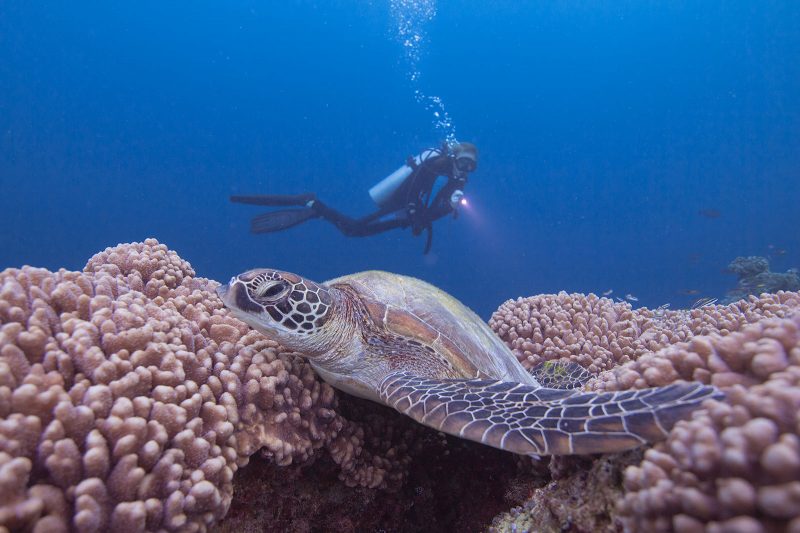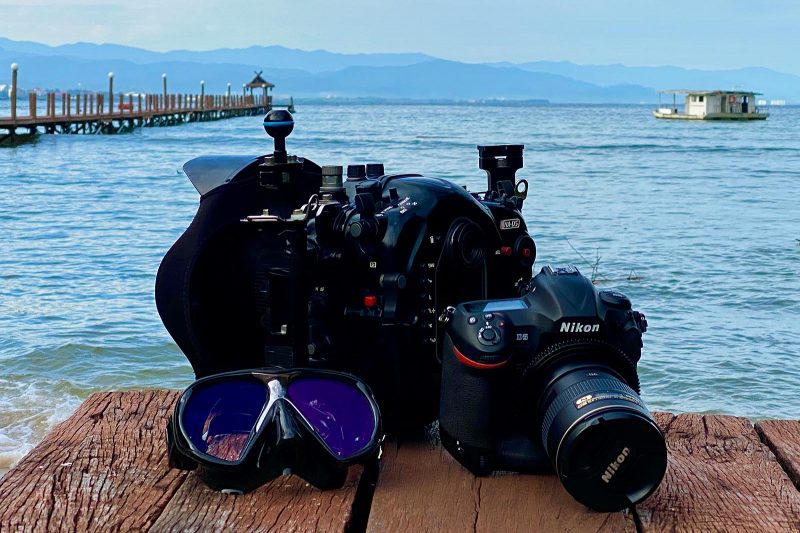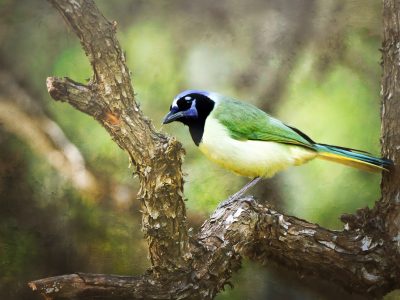8 Essential Skills and Techniques for Underwater Photographers

Non-diver audiences who enjoy marine images seldom appreciate the huge amount of skill involved in capturing these shots. There are many ingredients required to achieve respectable underwater pictures due to the complexity of adding water.
I am going to elaborate on a few of the key elements and offer some solutions to commonly encountered problems.
1. Dive safety
When it comes to scuba diving, safety is the obvious first priority. This is particularly the case if you are adding the additional distraction of a complex task such as photography, which will present extra concerns. So, I feel compelled to highlight these considerations as a starting point.
Bottom time is limited while scuba diving, so regularly monitoring your gauges and dive computers for no-stop time and air consumption are top priorities. Frequent checking must become automatic behaviour during the dive and between any series of shots.
It is far to easy to become so engrossed in the moment that basic instrument checks are forgotten. This could potentially lead to excess nitrogen load or out of air situations.
Read more: An Introduction to Underwater Photography
Just imagine that you are lined up to shoot a mesmerising feeding whaleshark, and suddenly your regulator hose becomes limp due to an unexpected lack of air. The result is a mad scramble towards your diving buddy or the surface. Either way, your prize shark image swims south!
Consider investing in an air integrated dive computer which has a useful alarm feature, in the unlikely event you make an error and become low on air. They also sound an alarm should you exceed your bottom time, or descend to dangerous depths.
Dives typically last anywhere from a few minutes to two hours, depending on depth and air supply. If you are a wildlife photographer, I’m sure you have spent many hours, days, or even weeks sitting in a hide to get that special shot. However, we do not have this luxury underwater, so accurate planning is of key importance.
2. Diver skill
The vision of your image that you have in your head can be vivid, but your motor skills might let you down at that crucial moment as you drift out of position. Perhaps you are hovering over a delicate sea slug when you unwittingly descend. The hands begin to wave around in a desperate attempt to regain control, and you are left in a cloud of sand.
We have all been there at some point, right? The mind is willing but the skill level is not up to the task, and frustration ensues.
Buoyancy is one of the most important components of underwater photography, as it is the true key to all-round diver control. Photographers must possess a high degree of dive skill and be able to position accurately, sometimes for long durations of time.
At the same time, we must deal with environmental challenges such as current and surge. If you do not have good buoyancy control then you will need to address this issue, as protecting delicate aquatic life is also of the utmost importance. The reef can ill afford to have divers crashing into it.
Practice focusing on lung volume and fine-tuning depth adjustment, and you will soon master positioning yourself to the inch. This will eventually become second nature. Correct weighting and distribution will assist with balance and body positioning.
Consider taking additional structured training with your local dive centre, such as the Peak Performance Buoyancy speciality course, before pursuing underwater photography, if you are serious about getting decent shots.
3. Work together with marine life
Respect for the environment and animals you intend to capture is expected. Don’t be the person who thinks that manipulating the creature for the sake of your image is ‘ok just this once’. Even small disturbances can alter the natural balance and have far-reaching consequences.
It is most likely that your efforts would not be rewarded, as the out of character behaviour that would follow would no doubt be reflected in your pictures. Many marine critters can be revisited, provided they are not disturbed. However, they tend to find somewhere else to live if unhappy, so patience will always earn the best results.
Read more: Ethics in Wildlife Photography
4. Environmental differences to consider
Having a good understanding of general photography, and the differences between terrestrial and marine imaging, is something you can prepare prior to your dives.
Being familiar with basics is a great starting point, but things can change dramatically underwater, particularly involving light and movement. You will need to become proficient at working in poorly lit, low visibility conditions.
Keeping steady in surge, using relatively slow shutter speeds, and compensating for colour loss will greatly benefit your photographs.
Using equipment with high ISO settings will help with exposure. When using natural light, you will find the need to repeatedly evaluate white balance in order to compensate for colour loss as the depth changes.
Unlike on land, strobes or lights can only be used to expose subjects close to the lens due to water density, and will need to be much more powerful than your usual flashgun.
Generally, I think fixed lenses give the best results, so try to choose subjects and lenses that allow you fill your frame as much as possible. This will provide maximum image clarity, due to the reduction of water volume between lens and subject.
5. Equipment familiarity
Window-shopping on the internet and drooling over frighteningly expensive equipment and technology is most photographers’ favourite pastime, especially during the recent lockdowns.
However, the more technical your kit, the more challenging it is to use. I can find myself making hundreds of split-second decisions, adjusting various dials and pushing multiple buttons on my professional housings, during a shooting spell.
Thinking slows at depth, particularly among less experienced divers, so you will want to make problem-solving as simple as possible. Being confident with your housing and lighting functionality, so you are proficient and swift when making adjustments prior to pressing the shutter, should be practiced regularly.
A great tip is to use your camera on land while it is in the housing, so changing settings becomes second nature.
Then, in the heat of the moment, when faced with that glorious blue ring octopus you have been seeking for an eternity, you will find yourself on autopilot, adjusting settings with purpose and confidence and avoiding the disappointment of missed opportunities.
6. Knowing your subject
Marine biology knowledge and understanding creature behaviour will help you locate suitable subjects. You also need to anticipate the subject’s movement, so that you’re able to manoeuvre yourself into the ideal shooting position.
Minimal camera to subject distance will always yield better results due to water density, so being able to approach marine life appropriately is an essential addition to your underwater photography skillset.
Read more: 6 Tips for Better Fieldcraft in Wildlife Photography
7. Post-processing
With your images safely above the surface, photographers still face the processing stage. Although I am sure that in this digital age most are familiar with the task, there are some differences with underwater images, particularly colour and white balance.
Adobe Lightroom and Photoshop have all the tools you need and, with a little experimentation, most imperfections can be improved to an acceptable level. However, do take care to not ‘overdo’ colour enhancement, unless it is a deliberate artistic decision.
I personally prefer the final result to remain as close to the original, real moment as possible.
8. Selecting equipment
What’s the best equipment? This is a question I am asked regularly but, with such a wide range of options available, it is difficult to give a straight-forward answer. To be honest, it’s a topic worthy of its own article.
A basic guideline would be to purchase the best quality housing you can afford because, in the long run, you will save on maintenance and reduce the risk of flooding.
If you have an existing camera you are comfortable with then you will have a starting point, as most models have housings available. You can build on that, saving the need to buy a camera.
In conclusion
Anyone can learn to scuba dive and, yes, there are additional challenges with underwater photography. But, with practice, all can be overcome and the rewards are incredible.
Happy diving!

















